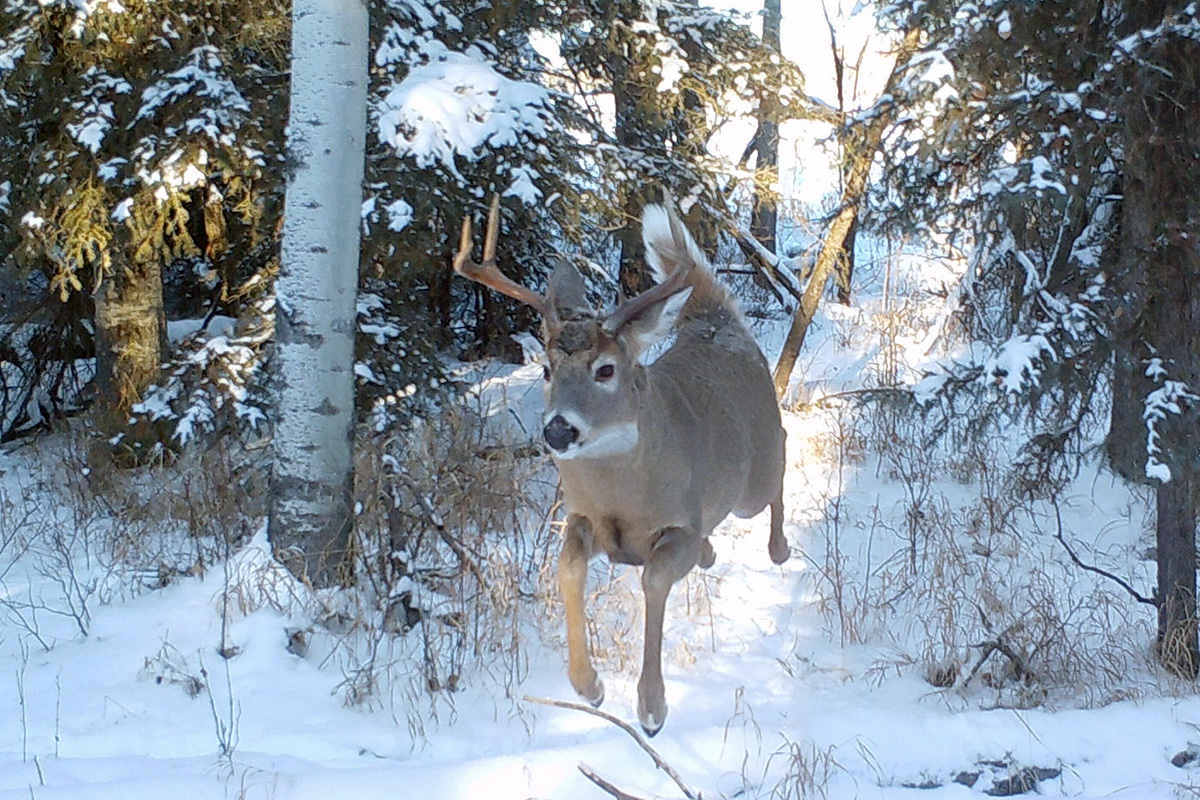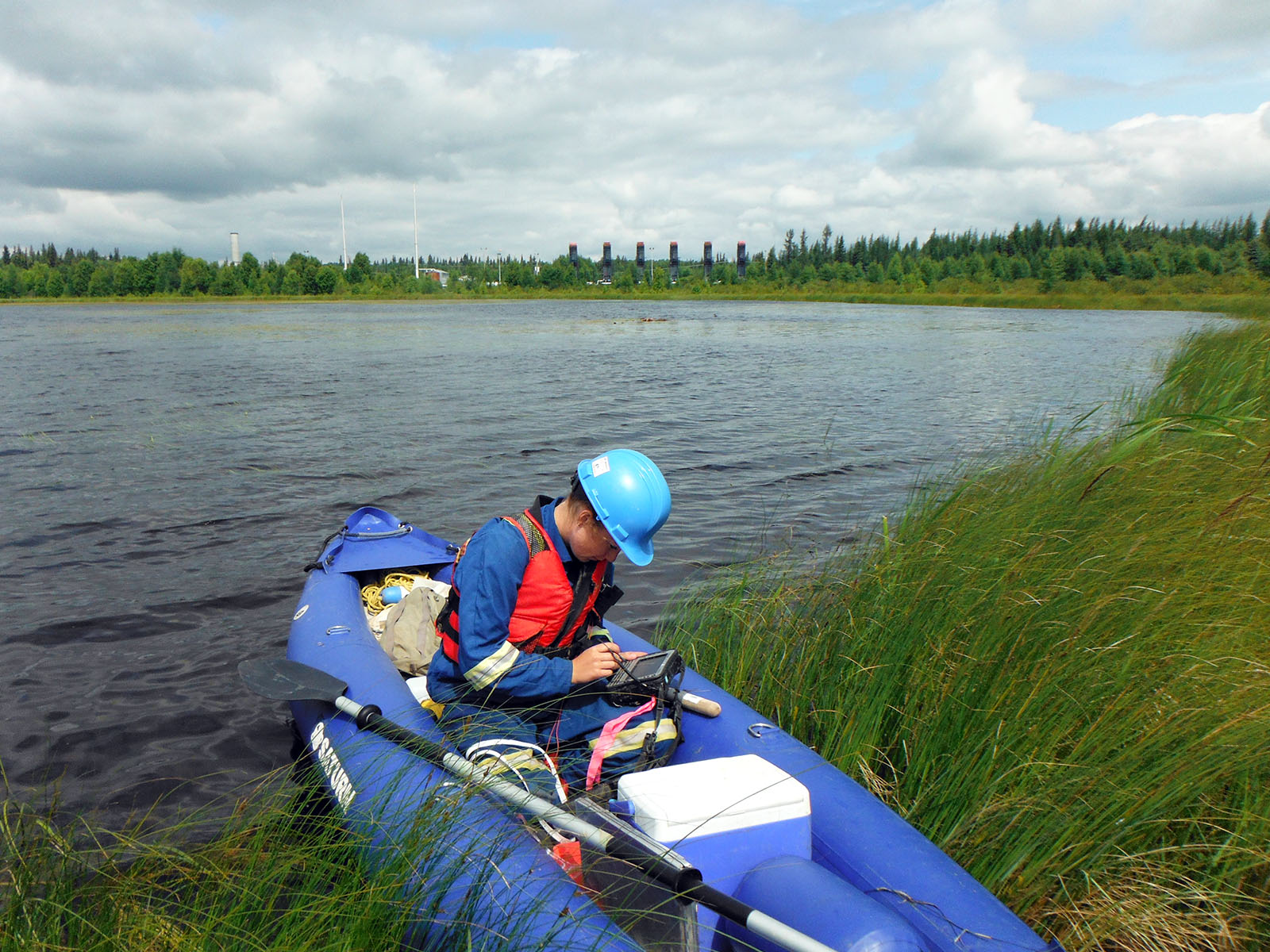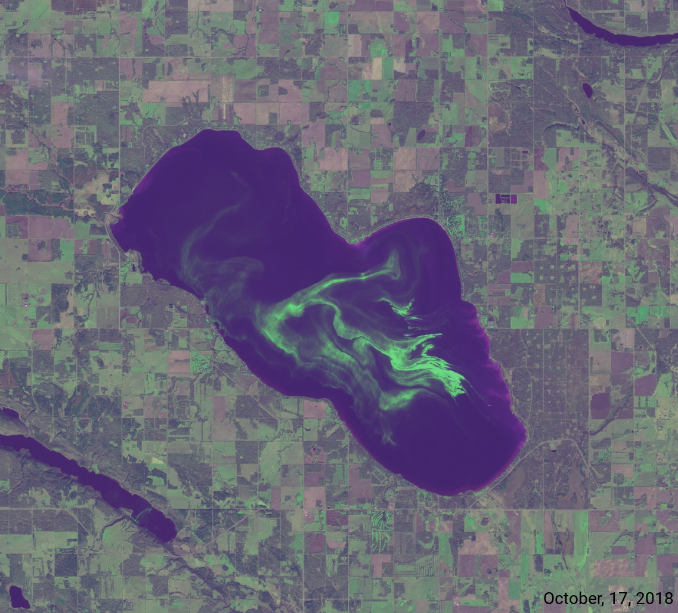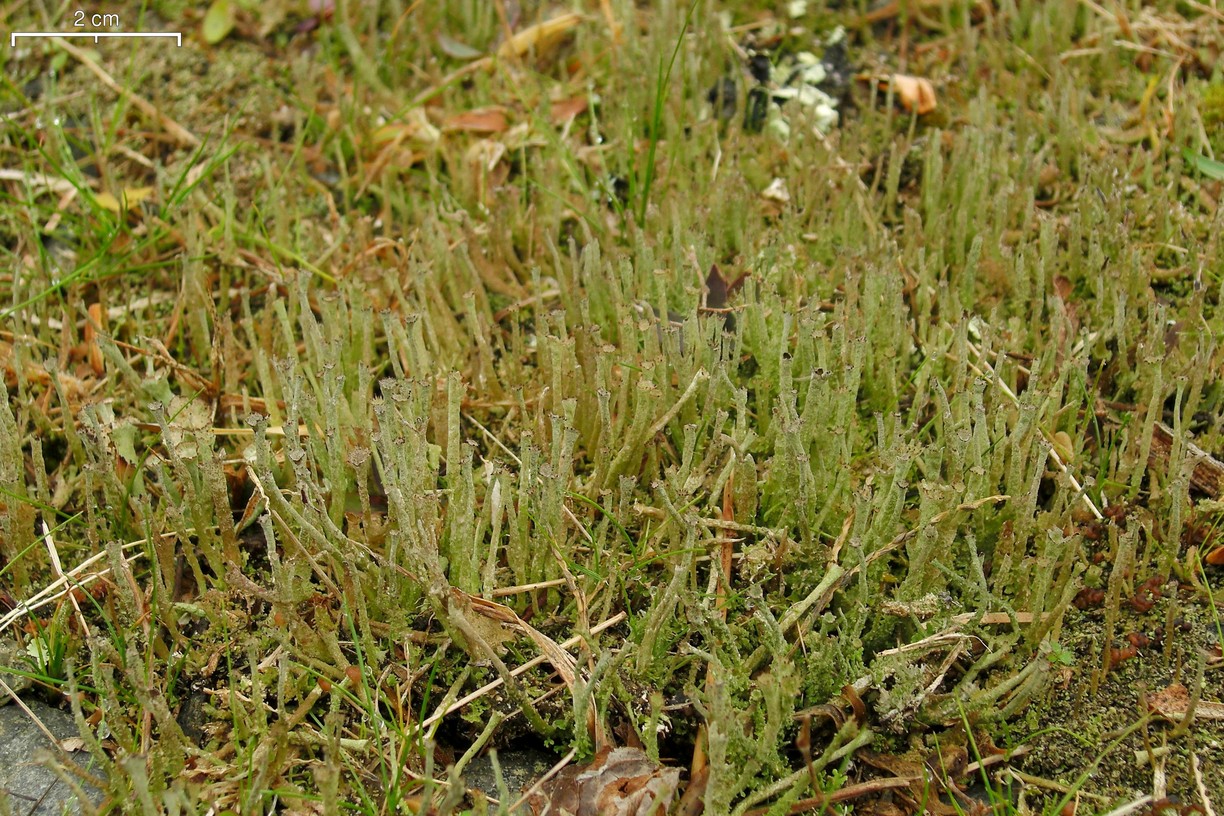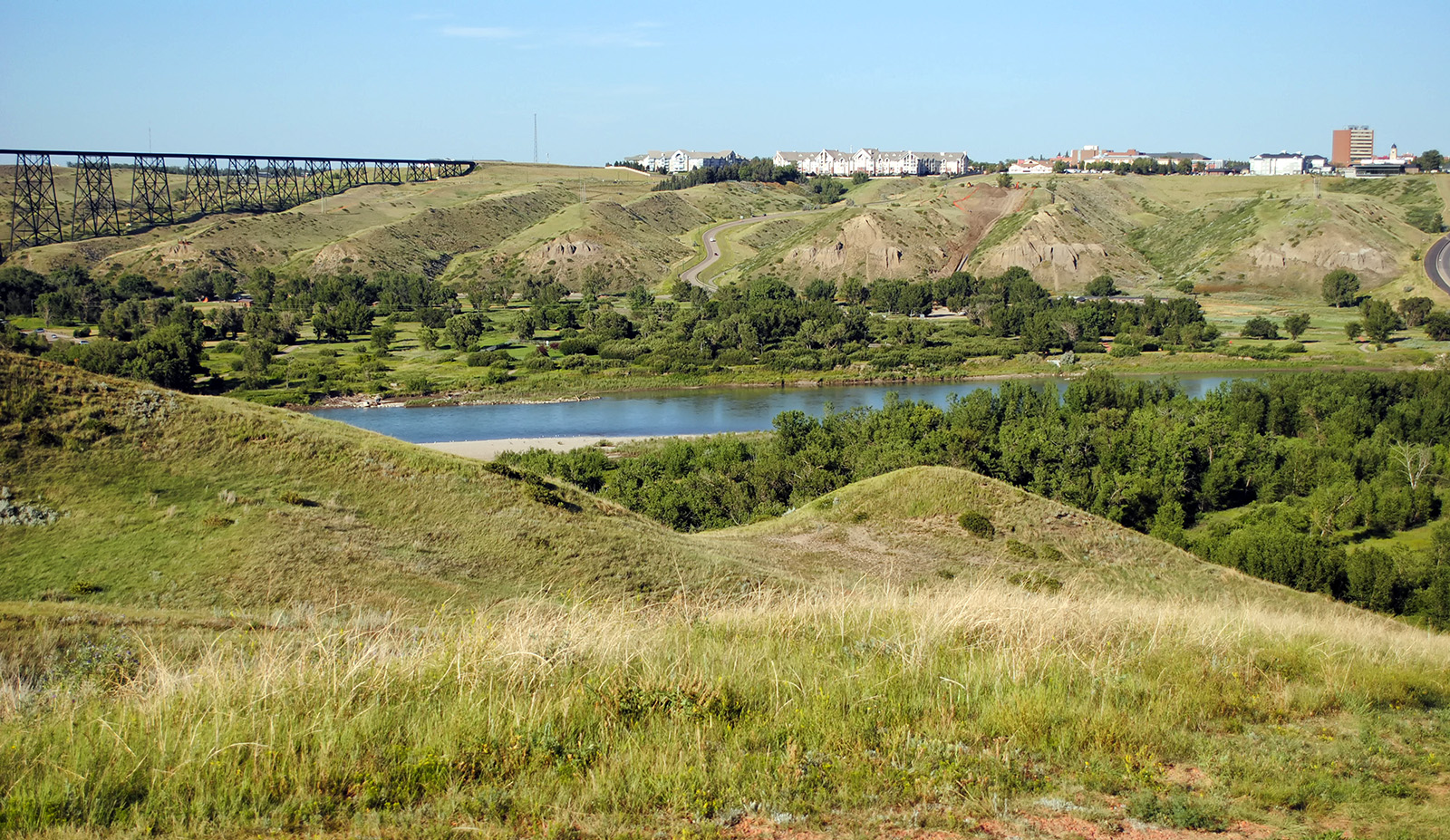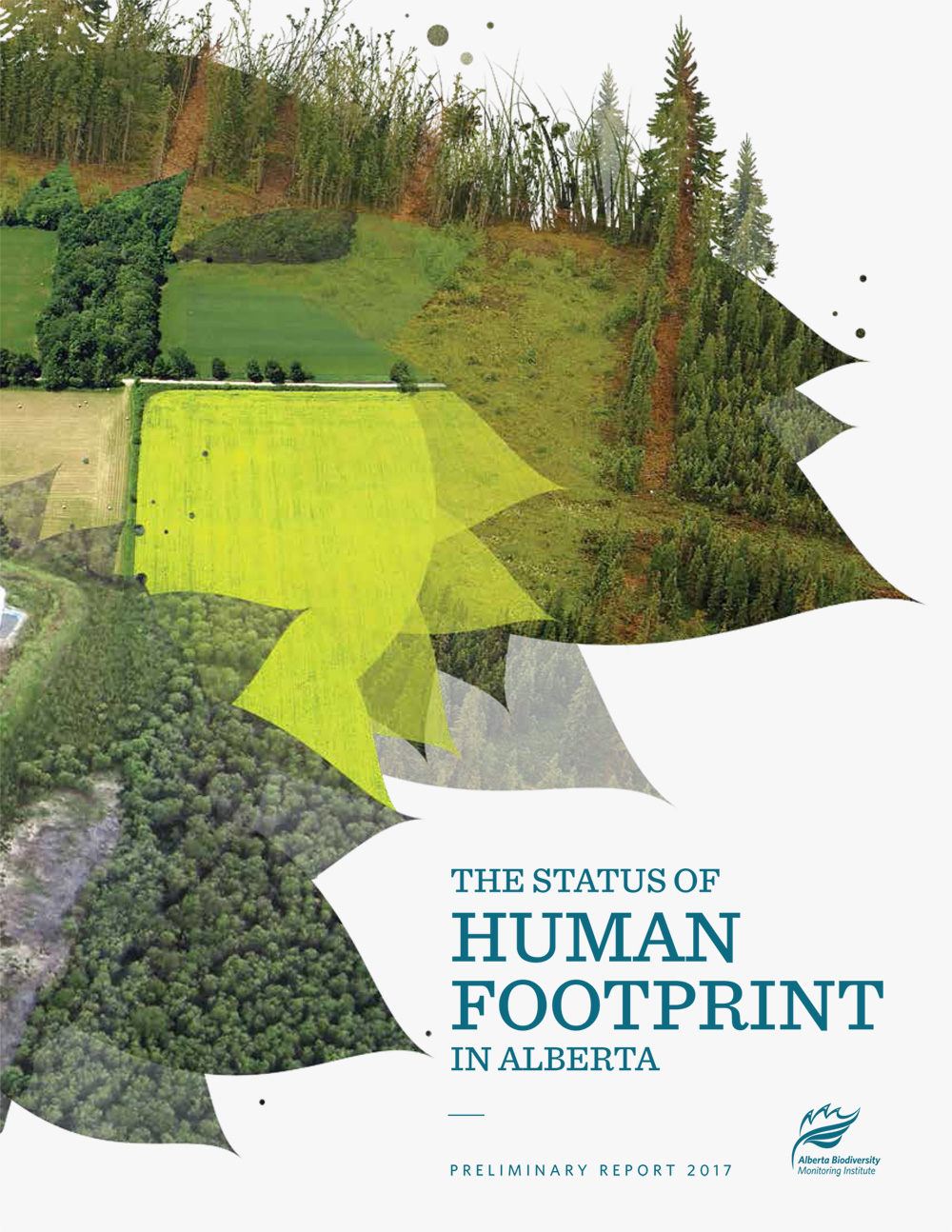This article first appeared in the winter 2021 issue of BIOS, the Alberta Society of Professional Biologists’ quarterly newsletter, as part of the ABMI’s regular feature. White-tailed deer would rather not have a white Christmas. Or new years. Or any time, really. That’s according to a new paper from the ABMI’s Caribou Monitoring Unit (CMU), [...]
